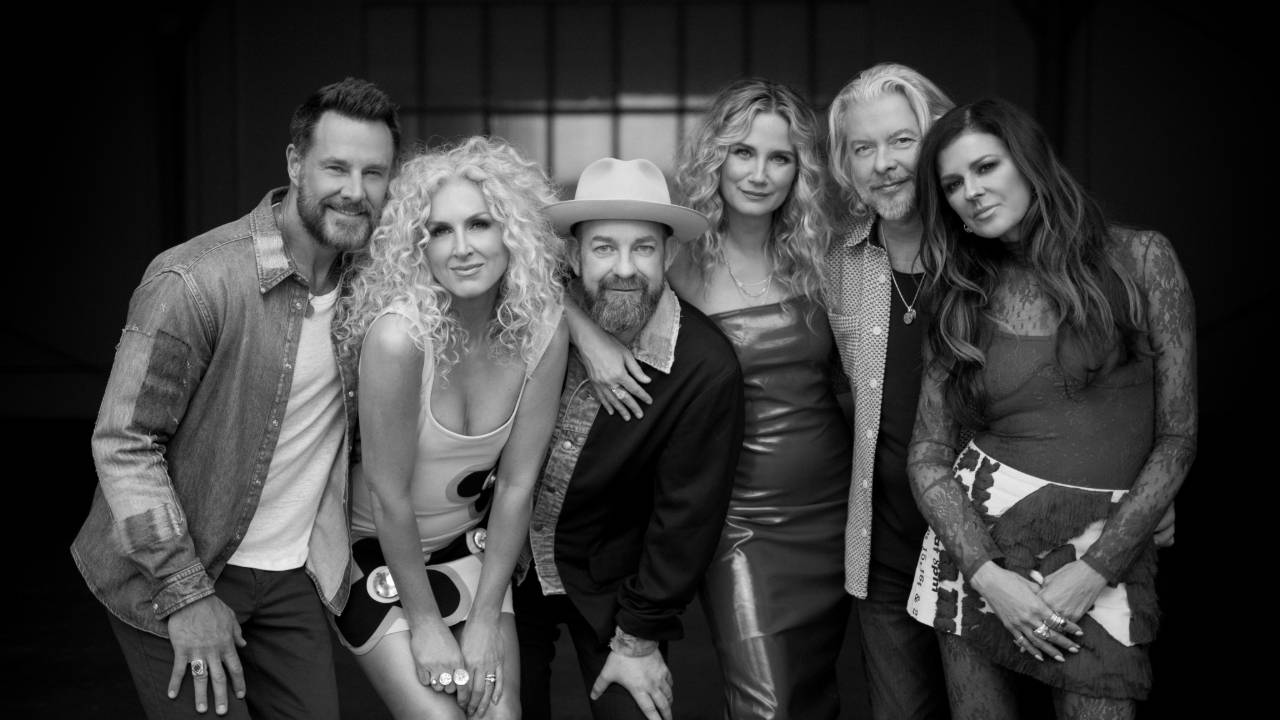NASHVILLE SKYLINE: The Beauty and Country Soul of Ray Charles

(Editor's note: CMT/CMT.com Editorial Director Chet Flippo is on vacation. This NASHVILLE SKYLINE column originally ran on June 17, 2004.)
In an interview more than 30 years ago, Ray Charles laid out precisely what it was he liked about country music. "It's real life," he told me, in a backstage interview. "It's true."
In a longer, more comprehensive talk with my former Rolling Stone colleague Ben Fong-Torres, Charles said, "I think the words to country songs are very earthy like the blues, see, very down. They're not as dressed up, and the people are very honest and say, 'Look, I miss you, darlin', so I went out and I got drunk in this bar.' That's the way you say it. Where in Tin Pan Alley [they] will say, 'Oh, I missed you darling, so I went to this restaurant, and I sat down, and I had dinner for one.' That's cleaned up now, you see? But country songs and the blues is like it is."
Back even before he said that, Charles had wrought an ongoing revision of and retrospective look at country music with his revolutionary 1962 album, Modern Sounds in Country and Western Music.
Ray Charles seemed as country as they came. He came from the humblest beginnings in rural Georgia and Florida, and he played in a roadhouse country band as a teenager. Everywhere he went, he absorbed and collected the music that ordinary, everyday people responded to.
That was precisely what made Ray Charles as artist and musician and songwriter such a genius. He sensed intuitively where music intersected with real life and how it connected with the human emotions that are at once the most simple and yet the most complex. By the time he recorded his epochal country album, he had already explored recording country songs in a 1959 re-interpretation of Hank Snow's 1950 hit "I'm Movin' On," and it was a modest pop hit.
What that Modern Sounds album actually did was break down country songs into their basic elements and re-construct them as universal anthems. It worked. And it worked brilliantly. It remained country -- while it superbly transcended musical barriers. And, it had soul. Soul to spare. Which was not exactly in large supply in Nashville's recording factories at the time.
There are several essential Ray Charles works that you would do yourself a favor by listening to. I'm of course partial to Modern Sounds. But these days, I lean even more often to a couple of other collections. Genius + Soul = Jazz is gorgeous, bluesy big band jazz with Quincy Jones. The Birth of Soul: The Complete Atlantic Rhythm & Blues Recordings, 1952-1959 is chock-full of such classics as "What'd I Say (Parts 1 and 2)" and "Hallelujah, I Love Her So." Less well-known but an understated masterpiece in its own right is Ray Charles and Betty Carter: Dedicated to You. It's some of the loveliest jazz singing you will ever hear.
I got to spend some quality time with him only once. That was more than three decades ago when he was playing a show with the symphony in Houston. He was rushed and a little bit harried, but he took the time to sit down in his dressing room for more than an hour with a rookie interviewer. He struck me immediately as someone who sprang directly from a royal court, perhaps from the era of the Sun King. He was at once imperial and empathetic. He certainly knew his place, and he helped me to find mine. Ray Charles was that rarity: an aristocrat who happened to be born as a common man. He managed to juggle the two roles superbly. And he sang the hell out of a song.
His heartfelt version of "America the Beautiful" will never be equaled. I think that song should be our national anthem. And I fully endorse Travis Tritt's sentiments earlier this week when he said that Ray Charles should be in the Country Music Hall of Fame. They don't come any more country than Ray Charles.





